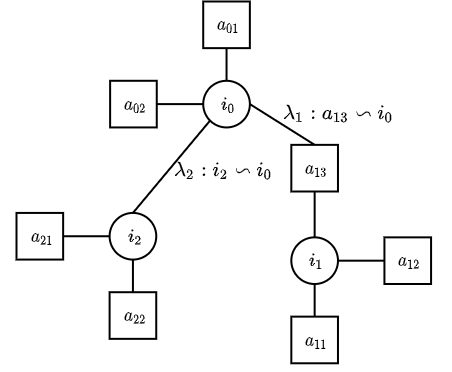Privacy is an individual choice to determine which personal details can be collected, used and shared. Individual consent and transparency are the core tenets for earning customers trust and this motivates the organizations to adopt privacy enhancing practices while creating the systems. The goal of a privacy-aware design is to protect information in a way that does not increase an adversary's existing knowledge about an individual beyond what is permissible. This becomes critical when these data elements can be linked with the wealth of auxiliary information available outside the system to identify an individual. Privacy regulations around the world provide directives to protect individual privacy but are generally complex and vague, making their translation into actionable and technical privacy-friendly architectures challenging. In this paper, we utilize Shannon's Entropy to create an objective metric that can help simplify the state-of-the-art Privacy Design Strategies proposed in the literature and aid our key technical design decisions to create privacy aware architectures.
翻译:个人同意和透明度是获得客户信任的核心原则,这促使各组织在创建系统的同时采取增强隐私的做法。 隐私意识设计的目的是保护信息,其方式不会增加对手关于个人的现有知识,而不会超出允许的范围。 当这些数据要素可以与系统外用于识别个人的大量辅助信息联系起来时,这一点就变得至关重要。 世界各地的隐私条例为保护个人隐私提供了指令,但一般是复杂和模糊的,使得它们转化为可操作的、技术方便隐私的结构。 在本文中,我们利用香农的英特罗普(Sentropy)来创建客观的衡量标准,帮助简化文献中提议的最先进的隐私设计战略,并帮助我们作出关键的技术设计决定,以创建了解隐私的结构。





